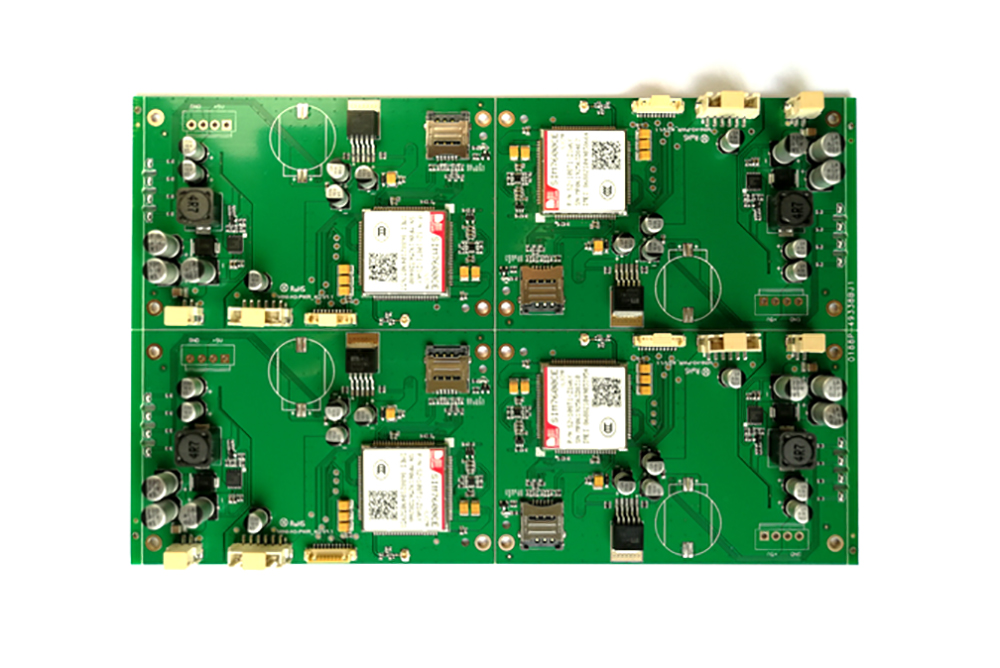
Service hotline: 18926049292

WeChat QR code


Service hotline: 18926049292

WeChat QR code

Service hotline:
18926049292
Tp:18926049292
Add:4th Floor, Building 8, Rundongsheng Industrial Park, Longteng Community, Xixiang Street, Bao'an District, Shenzhen
QQ:1721627884
Email:skywingpcb@163.com mkt88@shenghd.com

Safety requirements between PCBA board and shell
The safety interval includes electrical gaps (spatial intervals), creepage intervals (along surface intervals), and insulation penetration intervals
Electrical gap: The shortest distance measured along the air between two adjacent conductors or a conductor and the surface of an adjacent motor shell.
Creepage interval: The shortest interval measured along the insulation surface between two adjacent conductors or one conductor and the adjacent motor casing.
1. Resolution on electrical gaps:
Based on the measured operating voltage and insulation level, the electrical gap size requirements for the interval primary side circuit can be determined, as shown in Table 3 and Table 4. The electrical gap size requirements for the secondary side circuit are shown in Table 5
But generally, the communication part on the primary side: L-N ≥ 2.5mm in front of the fuse, L.N PE (ground) ≥ 2.5mm. After the fuse is installed, there may be no requirements, but it is best to adhere to a certain interval to prevent short circuit damage to the power supply.
Primary communication to DC part ≥ 2.0mm
The primary side DC ground to ground ≥ 2.5mm (primary side floating ground to ground), the primary side part to secondary side part ≥ 4.0mm, and the gap gap between the secondary side part of the component bridging between the primary and secondary sides ≥ 0.5mm can be considered as the secondary side ground to ground ≥ 1.0mm
Note: Before determining whether it meets the requirements, internal parts should be applied with a force of 10N and the outer shell with a force of 30N to reduce their spacing, so that in the worst-case scenario, the space spacing still meets the regulations.
2. Resolution on creepage interval:
Based on the operating voltage and insulation level, the creepage interval can be determined by looking up Table 6
But generally:
(1) Primary communication part: L-N ≥ 2.5mm in front of the fuse, and L-N ≥ 2.5mm on the ground. There may be no requirements after the fuse, but try to adhere to certain intervals to prevent short circuits from damaging the power supply.
(2) Primary communication to DC part ≥ 2.0mm
(3) Primary DC ground to ground ≥ 4.0mm, such as primary ground to ground
(4) If the distance between the primary side and the secondary side is ≥ 6.4mm, for example, if the distance between the pins of optocouplers, Y-capacitors, and other components is ≤ 6.4mm, slots should be made.
(5) Between the secondary side parts ≥ 0.5mm is sufficient
(6) Secondary ground to ground ≥ 2.0mm or more
(7) Transformer between two stages ≥ 8.0mm or above
3. Insulation penetration interval:
The following regulations should be met based on the operating voltage and insulation application situation:
——There is no thickness requirement for operating voltage not exceeding 50V (71V communication peak or DC value);
——The minimum thickness of additional insulation should be 0.4mm;
——When reinforced insulation does not accept any mechanical stress that may cause deformation or performance degradation of the insulation material under normal temperature, the minimum thickness of the reinforced insulation should be 0.4mm.
If the insulation provided is used within the protective casing of the equipment and will not be bumped or scratched during operator protection, and falls under any of the following conditions, the above requirements do not apply to thin layer insulation materials regardless of their thickness;
——For additional insulation, at least two layers of data should be used, and each layer of data between them can undergo an electrical strength test on the additional insulation; Perhaps:
——An additional insulation composed of three layers of data, in which any combination of two layers of data can undergo the dielectric strength test of the additional insulation; Perhaps:
——For reinforced insulation, at least two layers of data should be used, and each layer of data between them can undergo electrical strength tests on the reinforced insulation; Perhaps:
——A reinforced insulation composed of three layers of insulation materials, and any combination of two layers of insulation materials can undergo the electrical strength test of the reinforced insulation.